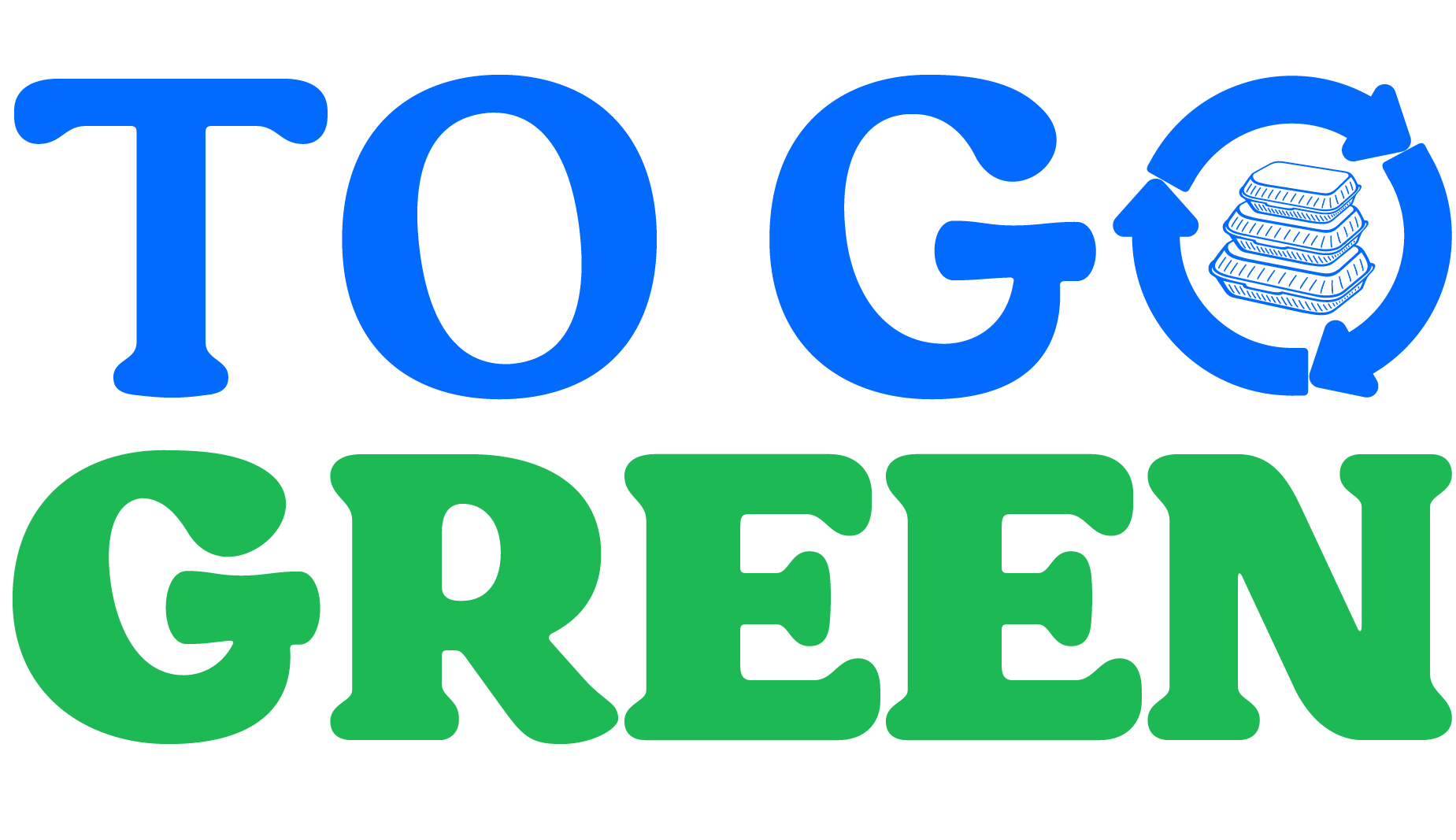The Problem

Single-use packaging is destroying our planet. It accumulates in landfills, litters streets, pollutes waterways, endangers wildlife, increases greenhouse gas emissions, and aggravates global warming.
- Nearly 1 trillion pieces of disposable foodware and packaging are used by US restaurants and food service businesses annually, 79% of which are used for takeout and delivery.
- Although recycling is more environmentally friendly than extracting and processing raw materials, recycling is still expensive and emissions-intensive, and requires massive amounts of infrastructure, equipment, water, labor, and energy.
- 71% of Americans report ordering takeout or delivery between one to three times a week, but less than half can correctly identify which types of containers are recyclable. This confusion leads to customers throwing out recyclable containers and, even more destructive, 'wishcycling' non-recyclable containers, which can contaminate entire recycling streams that processors are then forced to landfill.
- Even when you recycle an item in accordance with local guidelines, that item may end up landfilled because there is no end-market buyer for the post-consumer recycled material, which can be contaminated, costly to transport, and both lower-grade and more expensive than a virgin counterpart.
- Due to a lack of domestic demand, many ‘recyclables’ are exported to poorer countries in the Global South, where they are burned and endanger marginalized communities, yet have been historically counted toward the US recycling rate.
- Only 5% of all plastic waste in the US is recycled. Factoring in additional, unmeasured losses, such as plastic waste counted as 'recycling' that is instead burned, the US’ actual plastic recycling rate may be even lower. The truth is, we can’t recycle our way out of the single-use crisis.
Not So “Green” Solutions

Although touted as “eco-friendly” alternatives to conventional single-use plastic, bioplastic and compostable foodware are even more harmful to the environment.
According to Upstream Solutions, compostable and bioplastic foodware have greater environmental impacts than single-use plastics, including (1) higher global warming impacts; (2) more land and resource exploitation; and (3) greater ecological, human toxicity, and aquatic impacts. Even worse, most compostable packaging contains hazardous ‘forever chemicals’ (PFAS), which can harm both the environment and human health.
For perspective, replacing all conventional single-use plastic packaging with single-use bioplastic packaging would require over 613 million tons of corn (54% of 2020 global production), 1.8 million tons of castor beans (12 times 2020 global production), and 21.3 million tons of wood. Producing these natural resources in such large quantities would require at least 388.8 billion m3 of water and over 150 million acres of land—that’s larger than all of France!
Contrary to intuition, compostable food service ware does not biodegrade quickly (if ever) in the natural environment; it just creates additional litter. Once used, certified commercially compostable packaging can only be broken down (if at all) at an industrial composting facility through a long, energy-intensive process. To add insult to injury, only 2% of all composting facilities nationwide accept and process compostable packaging, as it can contaminate the natural compost with hazardous chemicals and create numerous other issues. To learn more, check out this letter signed by all Oregon compost facilities explaining the reasons they stopped accepting compostable packaging.
Head-to-Head
| Per 1 million takeout containers used |
Single-Use Bioplastic |
Single-Use Compostable |
Reusable Container |
|---|---|---|---|
| Water Consumption (gallons) | 897,000 | 208,696 | 30,360 |
| Greenhouse Gas Emissions (lbs) | 177,693 | 250,225 | 34,400 |
| Material Waste (lbs) | 58,000 | 55,997 | 220 |
| Primary Energy Use (MJ) | 1,555,000 | 1,110,000 | 319,329 |
The above values, which are rounded to the nearest whole number, are based on an academic life cycle assessment comparing single-use bioplastic, single-use compostable, and reusable takeout containers and assume a 1,000-use lifespan for the reusable.
The Winner is... Reuse!

The EPA’s Waste Management Hierarchy ranks source reduction and reuse as the most preferred waste management strategies—above recycling and composting. Learn more about the benefits of reducing and reusing here.
Upstream Solutions’ Reuse Wins report sums up the case for reuse best: reusable food service ware beats single-use alternatives through every environmental metric, including climate pollution, water consumption, energy use, land use, waste generation, natural resource extraction, litter, and plastic pollution. In short, reuse is our path to a more sustainable future.
